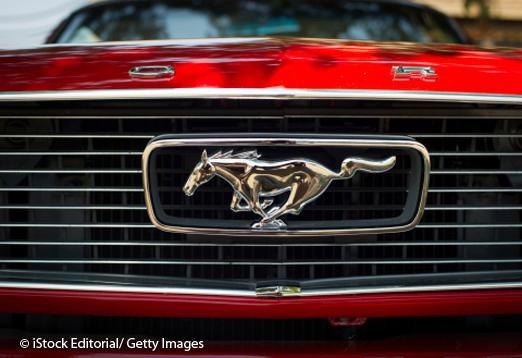2013 Ferrari F12 Berlinetta – two thousand twelve Geneva Auto Showcase
Taunted last week as “the most powerful Ferrari ever,” the latest and arguably greatest road car from Maranello officially broke cover en route to its Geneva debut wearing a Ferrari F12 Berlinetta badge and finished in striking fresh three-layer Rosso Berlinetta paint. Ushering in a fresh generation of V12 models, this clean-sheet replacement for the Ferrari five hundred ninety nine matches its potent engine with a host of design innovations that promise to set fresh standards for all-around spectacle.
As expected, the fresh F12 Berlinetta gets its motivation from an enhanced version of the naturally-aspirated 6.3-liter V12 engine also found in the Ferrari FF. Here, it makes a heady seven hundred thirty horsepower at 8,500 rpm and five hundred nine lb-ft of torque at 6,000 revs – gains of eighty ponies and five twist units compared to Ferrari’s all-wheel-drive GT. That extra muscle translates into some stunning acceleration figures, including the capability to hit sixty two mph in Trio.1 seconds and one hundred twenty five mph in just 8.Five ticks. Despite its added might, the overachieving 6.3-liter also produces thirty percent better fuel economy than the 6.0-liter in the five hundred ninety nine along with a commensurate reduction of CO2 emissions – at least when fitted with the optional Begin/Stop system.
Slightly smaller than the 599, the Ferrari F12 Berlinetta also rails on a somewhat shorter wheelbase. The car’s Scaglietti-designed aluminum-intensive spaceframe structure and bodyshell uses twelve different kinds of alloys – including several in their very first automotive applications – to help trim weight by some one hundred fifty four pounds compared to the five hundred ninety nine and increase structural rigidity by twenty percent.
To suitably elevate the dynamic character of the fresh F12 Berlinetta, the Ferrari engineering team spared no effort to optimize the packaging of every element. It began with the deep-and-low front-mid positioning of its V12 engine and a comprehensive redesign of the rear suspension and F1-style dual-clutch transaxle into a smaller, more efficient configuration. The dash assembly and seats also are mounted lower to improve the car’s center of gravity.
Complementing those basic design elements, the F12 Berlinetta is underpinned by the latest iteration of Ferrari’s magnetorheological suspension control system and features a fully integrated package of support functions that brings together the E-Diff, ESP Premium, F1-Trac, and Gen III high-performance carbon-ceramic antilock brakes. Brimming with functional synergies, the fresh F12 Berlinetta has already lapped the automaker’s Fiorano test track in one minute thirteen seconds, the quickest time ever for a Ferrari road car.
That same attention to detail is identically evident in the Ferrari F12 Berlinetta’s stunning exterior that reflects a collaborative effort inbetween Pininfarina and the Ferrari Styling Center. Its boldly flowing lines and dramatically sculpted panels were directly influenced by hours of computational fluid dynamics simulations refined by extensive windtunnel work. Those efforts contributed to major reductions in haul and over a 76-percent increase in downforce compared to a 599.
Ferrari attributes these enormous improvements to two innovative solutions. The primary one has been dubbed the “Aero Bridge.” It uses contours in the bondage mask to generate downforce by channeling air away from the upper part of the car towards its flanks, at which point, it interacts with the wake generated by the wheel wells to decrease haul. The 2nd bit of trick tech being introduced on the F12 Berlinetta is Active Brake Cooling. This drag-reducing feature functions by only opening guide vanes to the car’s brake cooling ducts on an as-needed basis to keep the binders from overheating under sustained hard-use conditions.

No comments